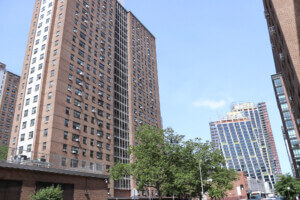As 2019 draws to a close, we’re looking back on some of the events that made it memorable. We’ve rounded up this year’s funniest, most important, and most controversial stories, as well as homages to some of the people we lost. Here we’ve highlighted the top stories that illuminated some shadowy status-quo practices as well as fails by some worldwide favorites.
Jeffrey Epstein’s black book lists big-name architects and interior designers
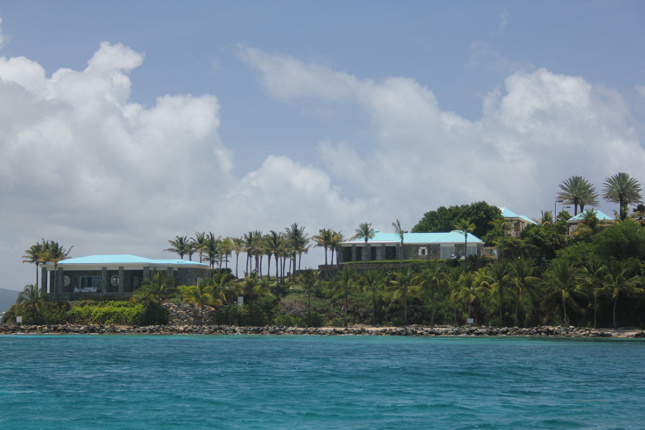
The late financier and convicted sex offender Jeffrey Epstein kept a “black book” of contacts that were made public this summer by New York Magazine (a continuation of the logs originally revealed by the now-defunct Gawker). Among the business tycoons and powerful politicians, there was no shortage of big-name architects and designers inside. Perhaps the most prominent of these is Alberto Pinto, the interior designer who creates ultra-lavish spaces for the superrich. Luxury hotel genius Jean-Michel Gathy, Mexican architect Ricardo Legorreta, New York architect and fashion icon Peter Marino, as well as David Rockwell, made the list as well.
LACMA up to Zumthing with this highly-contested redesign
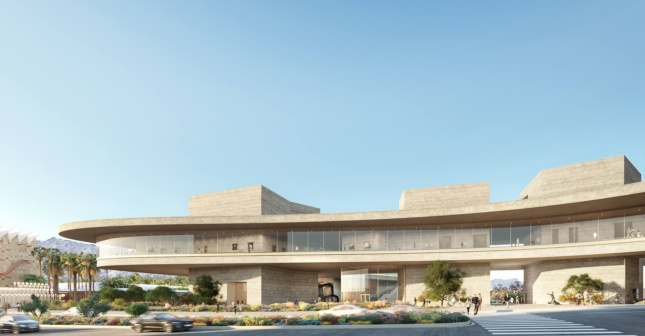
Whatever your opinion is on the current LACMA building, the Los Angeles institution is headed for big changes with its new sprawling design by Peter Zumthor. Critics have argued the scheme—with its smaller size and exorbitant price tag—will take too much gallery space away, eliminate necessary libraries, as well as conservation facilities. Not to mention it was conceived largely behind closed doors and surprised locals and art professionals alike. The controversial plan to span a portion of the building across Wilshire Boulevard was approved earlier this month.
Ishigami’s unpaid interns lead to international argument on free labor
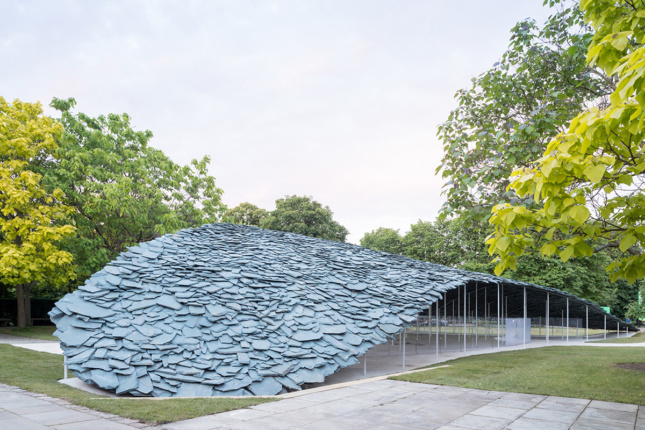
This year’s Serpentine Pavilion inadvertently highlighted one of the most morally slippery practices in the industry: the use of unpaid interns. While free labor in architecture has long-been considered ubiquitous in Japanese firms, critics called out Junya Ishigami, the designer of this year’s pavilion, after it came out that Junya Ishigami + Associates had been recruiting unpaid interns to work 13 hour days, 6 days a week, with their own equipment. The uproar ignited a broader conversation across the profession this spring, and in response, Alejandro Aravena’s firm Elemental announced it would cancel its internship program and Patrick Schumacher of Zaha Hadid Architects claimed that “unpaid or low paid internships have nothing to do with exploitation,” but were instead the result of a well-functioning market. The Serpentine Gallery later ordered Ishigami’s office to pay all interns working on the pavilion project.
Calatrava continues to have constant kerfuffles with infrastructure work
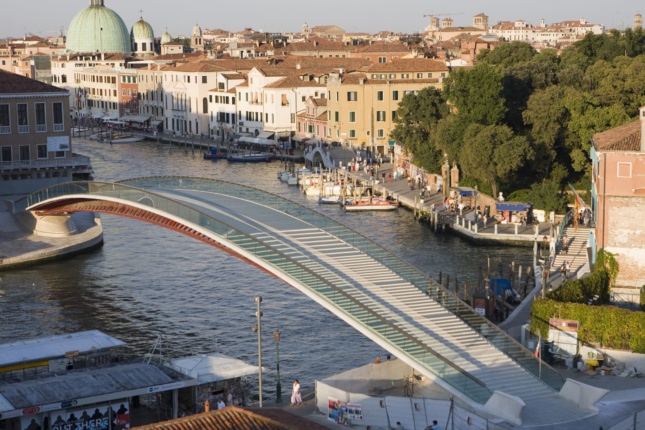
In both Venice and New York City, Calatrava-designed public works face-planted this year. The Oculus, a $3.9 billion transit hub that was conceived in the wake of the September 11 terrorist attacks and opened in 2016, has a perennially leaking skylight that, according to this year’s estimates, will cost another $200,000 to fix. Meanwhile, water is also an issue in Venice, Italy, where Calatrava designed the Constitution Bridge over ten years ago. It’s reportedly nearly impossible to navigate the bridge in the rain: Tourists regularly slip, and those with physical disabilities are obliged to take a water taxi to avoid the crossing. The city fined the architect €78,000 ($87,000 USD) in August.
Residents bite back at Morphosis’s jaw-shaped Viper Room replacement
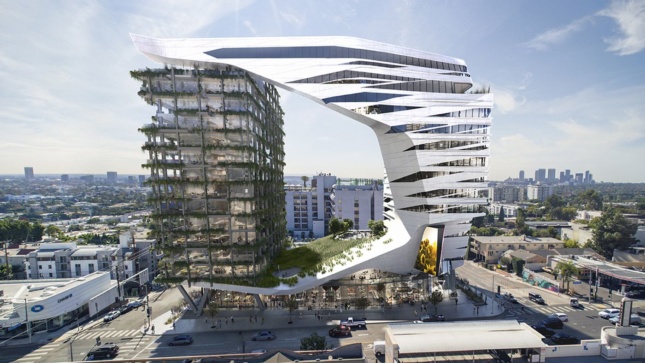
With residents calling the West Hollywood, California, nightclub redesign “grotesque” and more fit for a city like Dubai or Las Vegas, Thom Mayne’s proposal, whose timeline was announced this year, is not harmonizing with many. The 15-story hotel and condominium is set to replace the existing, infamous Viper Room and reconstitute it on the ground floor of the new building. At a public meeting in October, some locals questioned how the character of the 26-year-old club would remain in-tact while others flat-out said the proposed 369,000-square-foot structure doesn’t belong on Sunset Boulevard.









